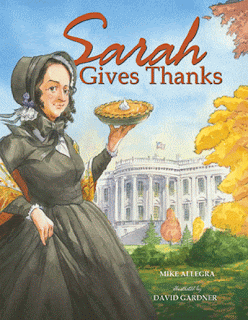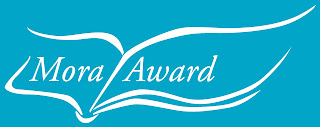Welcome to Bookjoy Creativity Salon, David! I love the visuals on your site! Although we never get to visit enough in person, I’m so pleased that you and I both live in Santa Fe.
David, please tell us a bit about yourself.
Thanks so much, Pat. Let’s see. . . I grew up in Memphis, Tennessee. I got my Film degree from Northwestern near Chicago, was a touring puppeteer based in Atlanta, a production assistant on the old TV show Solid Gold in L.A. and an artist for Walt Disney Studios there, too, on movies like Beauty and the Beast. I still do animation, in addition to illustrating children’s books. The Harvey Milk Story was my first picture book, and I got hooked.
I’m always curious about when visual artists began their art. Did you draw as a child? If yes, what was your family’s and teachers’ reactions to your art work?
One of my earliest memories is of my parents taking my three sisters and me to the theater to see Disney’s The Sword and the Stone, the first movie I sat still for instead of chasing my little sister up and down the aisle. I got kind of obsessed by that magic — moving paintings! — and my mom and my pre-school teacher were happy to oblige. Jumbo Crayolas and a coloring book were my “gateway drug.” From there, I went on to drawing my own pictures, copying cartoon characters, mostly. My parents and teachers encouraged me, thank goodness. They made it possible for me to see the value in being creative. In first grade, Mrs. Hester thumbtacked my drawings on the corkboard border all around the classroom — so of course I kept on drawing!
Tell us about your new book, Sarah Gives Thanks. How did the project evolve, what particular challenges did you face, and how did you solve them?
Sarah Josepha Hale was this powerhouse I’d never even heard of, a young widow, a successful poet, novelist, editor of writers like her friends Poe and Emerson, raising five kids on her own. Mike Allegra’s manuscript moved me from the first paragraph.
One challenge was to capture her strong personality, dainty and forceful all at once. I kept her moving as much as possible, energetic, almost athletic, while wearing some bit of lace or a flowery shawl. Showing the passage of time was another challenge. I relied on costumes, sets, showing Sarah aging from eight to eighty, and showing her children growing up alongside her. Research was probably the biggest challenge. Books from our local library were essential, as always, for clothing history, architecture, hairstyles. I have stacks of printouts of details I found online, from Boston Harbor, 1832, to the size of a woman’s bustle in 1863. I had to get every detail just right — I owe that to the kids (and there are teams of sharp-eyed librarians out there, I’m told!).
 |
| Published by Albert Whitman, 2012 |
On your web site, Flying Dog Studio, you have the words illustration, animation and fine art? Do you enjoy creating each of these equally? How is each process different for you?
I do enjoy all three, for different reasons. With fine art, I can get lost easily, in the flow. It’s relaxing to paint something that’s right in front of me, and it informs everything else I do. Animation and illustration meant to so much me as a kid, I love carrying that forward. Reaching a broad audience is gratifying, too. But unlike fine art, I have to dive into my imagination while keeping someone else’s story and production or printing guidelines in mind. It’s a fun puzzle. Ultimately, all three forms are about storytelling for me, telling a story with pictures.
How do you like to relax, David?
Sitting on the back porch with a cup of coffee and a good book, the clouds skipping over the mountains. Heaven! And curling up with my partner and catching up on John Adams and Downton Abbey. These amazing, perfect blends of history and melodrama, they just whisk me out of my day for a while. Oh, and visiting with you is very relaxing, Pat!







